 Your new post is loading...
 Your new post is loading...
At first, many faculty sought to replicate online what they normally do in a classroom. They soon discovered this was not a strategy that was practical, as not all students could access synchronous classes reliably and many had challenges, such as other siblings or parents needing access to the technology, the costs of broadband Internet access exceeding their ability to pay, or were in different time zones. Nor was it efficient.
In fact, what faculty began to discover is what has been known for some time. There is “no empirical evidence that says that classroom instruction benefits students (compared to alternatives) from a learning achievement perspective”, a finding from the Centre for the Study of Learning and Performance at Concordia University. Faculty began to experiment with personal challenges, small group work, project-based learning and the recording of short videos. They began to explore pedagogy, the science and art of instruction based on design.
Faculty sought help from colleagues with previous experience teaching online, looking for evidence for what worked in their discipline. They were inspired by examples for creative arts and music, where Zoom rehearsals and performances produced remarkable and life-changing events. Some discovered open education resources, materials, labs, videos, simulations, games, that helped them find new ways of engaging their online learners. Some truly innovative design ideas emerged, such a course on COVID-19 in which a different “angle” (epidemiology, economics, psychology, virology, politics) became the focus for each week taught by a faculty member from that discipline. Learn more / En savoir plus / Mehr erfahren: https://www.scoop.it/topic/21st-century-learning-and-teaching/?&tag=pedagogy
Via Gust MEES
Researchers from the University of Otago, New Zealand, wanted to find out if engaging in normal creative acts make people feel better. An analysis of the information found a pattern of more enthusiasm and higher ‘flourishing’ following days when the undergraduates were more creative.
Study author Dr Tamlin Conner said: ‘There is growing recognition in psychology research that creativity is associated with emotional functioning.
‘However, most of this work focuses on how emotions benefit or hamper creativity, not whether creativity benefits or hampers emotional wellbeing.’ Learn more / En savoir plus / Mehr erfahren: http://www.scoop.it/t/21st-century-learning-and-teaching/?tag=Empathy http://www.scoop.it/t/21st-century-learning-and-teaching/?tag=Soft+Skills
Via Gust MEES
Research demonstrates that a sense of social connection can improve learning. In fact, activities that bring students together — like peer tutoring and cooperative learning — have shown a marked increase of up to 75% greater performance on assessments. Teachers who support student-centered learning in this way often make a bigger impact on students’ lives and education than teachers who remain aloof or apart from their students.
A sense of separation from a teacher (and other students) can happen pretty easily in an online environment. It can take a special effort on the part of online teachers to become a “favorite teacher”. David Wiley noted that the impersonal nature of the web is not only easy to slip into, it is sometimes designed into the way LMSs direct pedagogy:
“With the pile of philosophical, conceptual, and empirical evidence showing the social nature of learning and the importance of human relationships (particularly the relationship between teacher and student) in learning and wellbeing, why are we working so hard to automate away any opportunity for these relationships to exist?”
But the truth is that there are a myriad of ways that teachers and students can create digital connections in online classes. A new paper from the Research and Education Department — “Increased Social Connectedness through Digital Peer Learning” — explores several ways that Canvas supports social learning, including:
Peer Tutoring
Reciprocal Teaching
Cooperative Learning
Via Gust MEES
How The Activity Learning Theory Works
Vygotsky’s earlier concept of mediation, which encompassed learning alongside others (Zone of Proximal Development) and through interaction with artifacts, was the basis for Engeström’s version of Activity Theory (known as Scandinavian Activity Theory). Engeström’s approach was to explain human thought processes not simply on the basis of the individual, but in the wider context of the individual’s interactions within the social world through artifacts, and specifically in situations where activities were being produced.
In Activity Theory people (actors) use external tools (e.g. hammer, computer, car) and internal tools (e.g. plans, cognitive maps) to achieve their goals. In the social world there are many artifacts, which are seen not only as objects, but also as things that are embedded within culture, with the result that every object has cultural and/or social significance.
Tools (which can limit or enable) can also be brought to bear on the mediation of social interaction, and they influence both the behavior of the actors (those who use the tools) and also the social structure within which the actors exist (the environment, tools, artifacts). For further reading, here is Engeström’s own overview of 3 Generations of Activity Theory development. The first figure shows Second Generation AT as it is usually presented in the literature.
Via Gust MEES, Anne Whaits
The Internet of Everything (IoE) represents the next “world-changing” revolution, after the Industrial Revolution of 1750 – 1900, and following the Computer & Internet revolution which started in the 1950’s. It is an exciting scenario in which objects, personal devices, even animals communicate, take Intelligent decisions, and autonomous actions on their own without human interaction. This revolution will completely transform industrial sectors and the entire world, for all of us, in ways as powerful as the Industrial Revolution and even more. It is our future, and it is happening now.
How is it happening? For an Evolution of Technologies, and with a Revolution of Minds…
Learn more:
- http://www.scoop.it/t/securite-pc-et-internet/?tag=smart-TV
- http://www.scoop.it/t/21st-century-learning-and-teaching/?tag=Internet+of+Things
- http://www.scoop.it/t/securite-pc-et-internet/?tag=Internet+of+things
- http://globaleducationandsocialmedia.wordpress.com/2014/01/21/why-is-it-a-must-to-have-basics-knowledge-of-cyber-security-in-a-connected-technology-world/
Via Gust MEES
|
A new study lends credence to what you’ve probably always suspected: social media is having a pretty negative effect on teenagers — Instagram and Snapchat being the worst culprits. The study, published today and called “Status of Mind,” was conducted by researchers for the Royal Society for Public Health in the UK. The researchers surveyed 1,479 British youths ages 14-24, asking them how they felt the different social media networks effected their mental health. They took in several factors such as body image, sleep deprivation, bullying, and self-identity. The results suggest the two worst social media networks for kids are Instagram and Snapchat, as they had terrible scores for body image, bullying, and anxiety. Twitter and Facebook weren’t much better, though. YouTube was the only one that apparently inspired more positive feelings than negative ones. Learn more / En savoir plus / Mehr erfahren: http://www.scoop.it/t/social-media-and-its-influence
Via Gust MEES, Jon Altuna
The Rigor Relevance Framework®
The Rigor/Relevance Framework is a tool developed by the International Center to examine curriculum, instruction, and assessment along the two dimensions of higher standards and student achievement. It can be used in the development of both instruction and assessment. In addition, teachers can use it to monitor their own progress in adding rigor and relevance to their instruction, and to select appropriate instructional strategies for differentiating instruction and facilitating higher achievement goals.
The Knowledge Taxonomy (y-axis) is a continuum based on the six levels of Bloom's Taxonomy, which describes the increasingly complex ways in which we think. The low end involves acquiring knowledge and being able to recall or locate that knowledge. The high end labels the more complex ways in which individuals use knowledge, such as taking several pieces of knowledge and combining them in both logical and creative ways. Learn more / En savoir plus / Mehr erfahren: http://www.scoop.it/t/21st-century-learning-and-teaching/?tag=Rigor
Via Gust MEES
Cornell professor Kathleen O’Connor, who coaches teams on effective collaboration, says that when psychological safety is absent from the workplace, teams lose the individual knowledge and expertise each member brings to the table and begin to experience what is known as the Common Knowledge Effect.
When this effect is at play, says O’Connor, “teams tend to focus on shared information”, and as a result they have “trouble capitalizing on the diversity of knowledge and expertise in the team”. The very same knowledge and expertise those people were recruited for to begin with. This often leads to poor performance, poor decision-making and missed opportunities for innovation.
Via Gust MEES
Grouping students is easy; creating effective student groups is less so.
The following infographic from Mia MacMeekin seeks to provide some ideas to help make group work easier in your classroom. The strength of this particular graphic is in the range of the ideas. The first tip refers teachers to Vygotsky’s Zone of Proximal development, which frames student ability in terms of a range: what they can do unassisted, what they can do with the support of a More Knowledgeable Other (MKO), and what they cannot do even with support. This is different for each student, and understanding these ranges for students can help inform grouping decisions, whether you’re using a peer instruction model, ability grouping, or another approach.
Learn more:
https://gustmees.wordpress.com/2015/07/19/learning-path-for-professional-21st-century-learning-by-ict-practice/
Via John Evans, Gust MEES
We can be tactical in our schooling. The traditional advice on learning has been to “study hard,” in a quiet place and with the same routine, yet that doesn’t say much about what to specifically do. But pupils today can change the way they study to exploit the brain’s quirky learning processes, using the strategies revealed by memory and learning research. While that science is still maturing, “it’s at a place now where it can give you a specific tactical plan,” Carey said. . Students can tailor their preparation with techniques targeting different kinds of content or skills, and manage their schedule to optimize their time. “That’s a powerful thing, because we go through our whole lives never knowing that,” he said. . Ultimately, the value of these learning strategies isn’t just about earning better grades, Carey said. In the modern jungle of society, learning is still about surviving: For young people, it’s about sussing out what they’re good at, what rings their bell, and what they want to do with their lives. “It’s informing you of: Who am I? Where do I place my bets? Do I major in physics or do I major in architecture or design, or do I major in English? Do I belong here at all?” Carey said. Those are important decisions. “Being self-aware about what’s effective learning and how it happens, I think, gives you a real edge in making those choices.”
Learn more:
- https://gustmees.wordpress.com/2013/04/25/learn-every-day-a-bit-with-curation/ - https://gustmees.wordpress.com/2015/03/28/learning-to-learn-for-my-professional-development-i-did-it-my-way/
Via Gust MEES
Creating your own images is also an excellent tactic for re-purposing text-only content into enticing images. Here are some examples: Turn quotes into an interesting slideshow, post an event announcement on a pretty picture, place stats onto eye-catching graphs, give a blog post title some pizzaz, create an infographic about the history of your biz, create a catchy, custom featured image for a video, etc. The possibilities are endless.
To help you create images that get BuzzFeed-worthy engagement, here are 13 of our favorite and easy-to-use visual content creation tools....
- 63% of social media is made up of images according to Citrix.
- Photos account for 93% of the most engaging posts on Facebook according to Socialbakers.
- Photos get 53% more Likes, 104% more comments, and 84% more click-throughs on Facebookaccording to KissMetrics.
- On Twitter, tweets with images receive 18% more clicks, 89% more favorites, and 150% more retweets according to Buffer.
- Adding a photo URL to your tweet can boost tweets by 35% according to the Twitter Media Blog.
- Instagram currently has 300 million monthly active users and 70 million new photos are shared each day.
Via Jeff Domansky, Gust MEES
|




 Your new post is loading...
Your new post is loading...



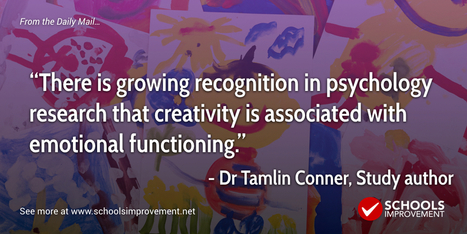


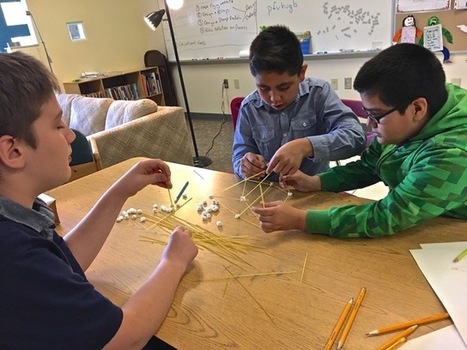

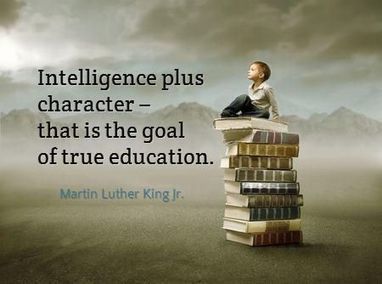


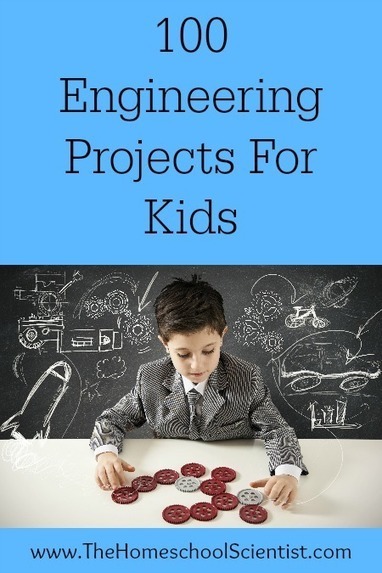




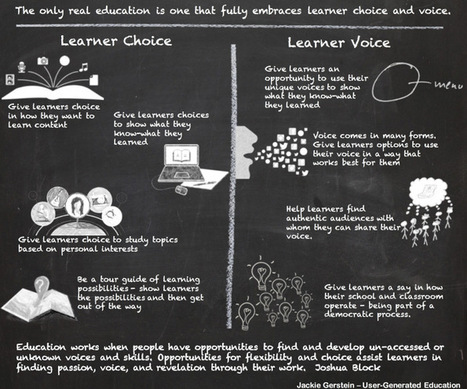




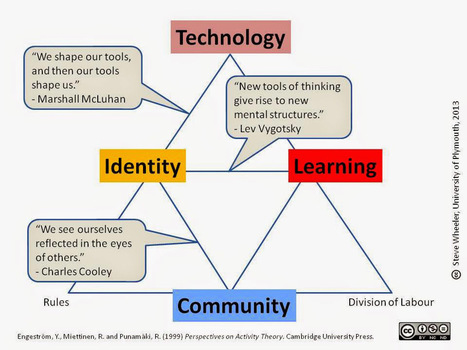










![eLearning Trends to Follow in 2015 [Infographic] | Pedalogica: educación y TIC | Scoop.it](https://img.scoop.it/95SbRlDeLSps1xDe2W400Tl72eJkfbmt4t8yenImKBVvK0kTmF0xjctABnaLJIm9)



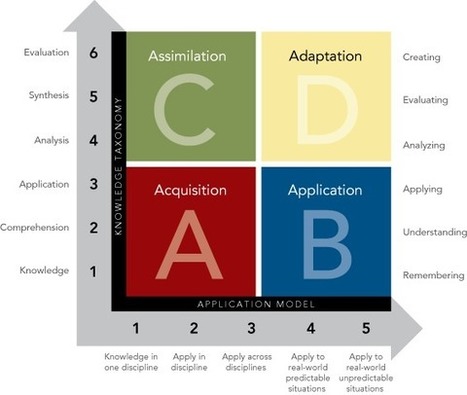
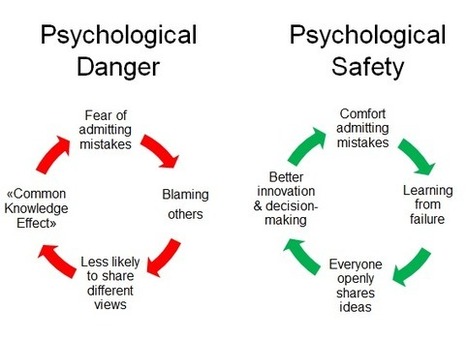



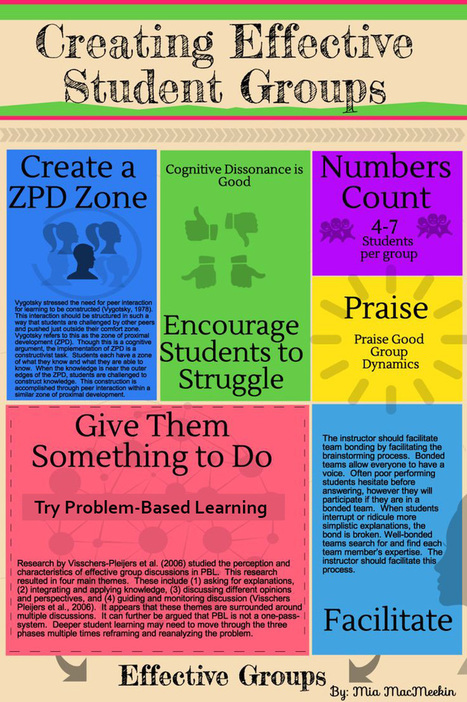



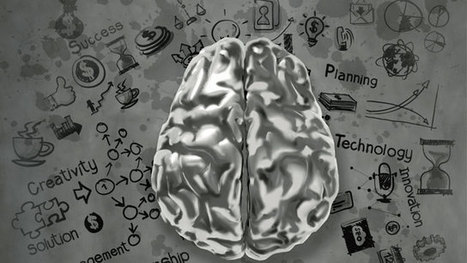









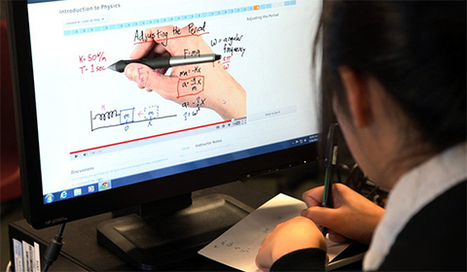








At first, many faculty sought to replicate online what they normally do in a classroom. They soon discovered this was not a strategy that was practical, as not all students could access synchronous classes reliably and many had challenges, such as other siblings or parents needing access to the technology, the costs of broadband Internet access exceeding their ability to pay, or were in different time zones. Nor was it efficient.
In fact, what faculty began to discover is what has been known for some time. There is “no empirical evidence that says that classroom instruction benefits students (compared to alternatives) from a learning achievement perspective”, a finding from the Centre for the Study of Learning and Performance at Concordia University. Faculty began to experiment with personal challenges, small group work, project-based learning and the recording of short videos. They began to explore pedagogy, the science and art of instruction based on design.
Faculty sought help from colleagues with previous experience teaching online, looking for evidence for what worked in their discipline. They were inspired by examples for creative arts and music, where Zoom rehearsals and performances produced remarkable and life-changing events. Some discovered open education resources, materials, labs, videos, simulations, games, that helped them find new ways of engaging their online learners. Some truly innovative design ideas emerged, such a course on COVID-19 in which a different “angle” (epidemiology, economics, psychology, virology, politics) became the focus for each week taught by a faculty member from that discipline.
Learn more / En savoir plus / Mehr erfahren:
https://www.scoop.it/topic/21st-century-learning-and-teaching/?&tag=pedagogy